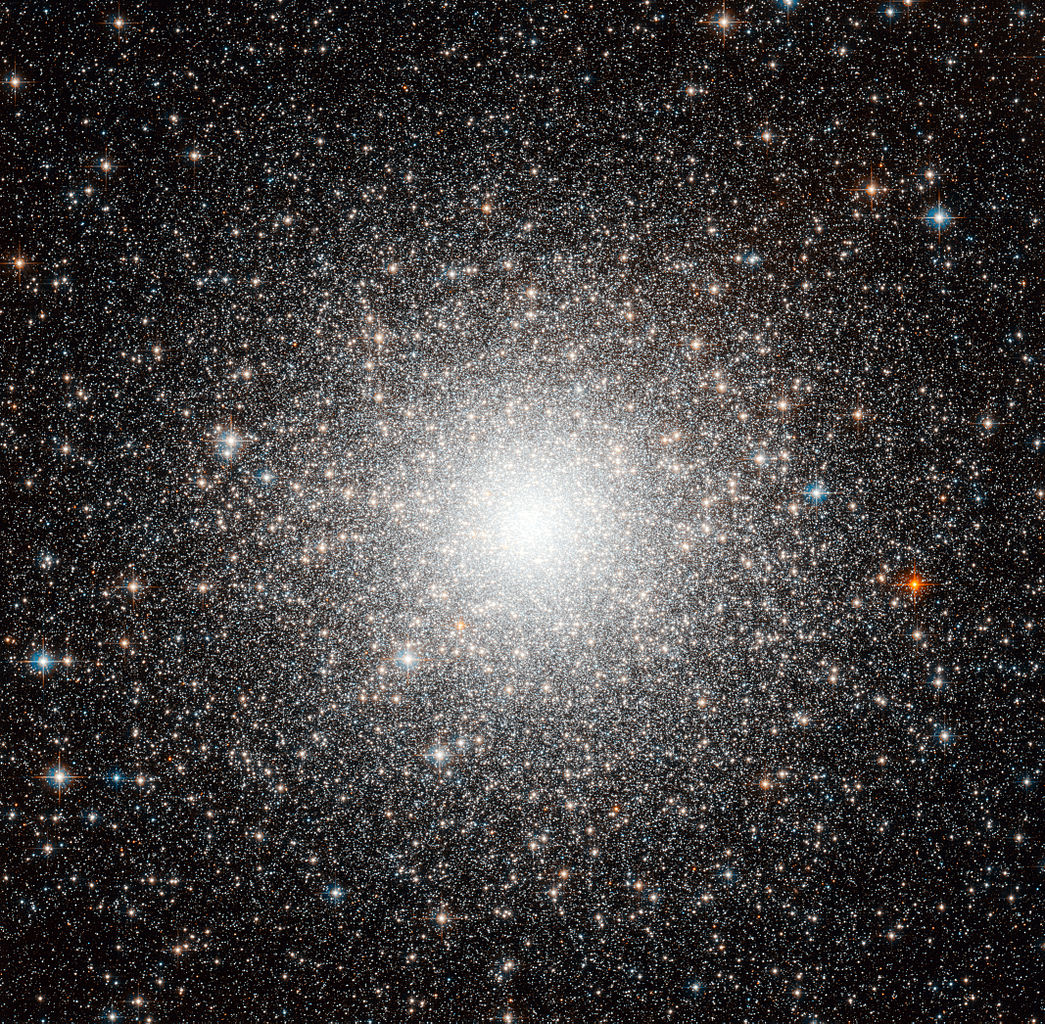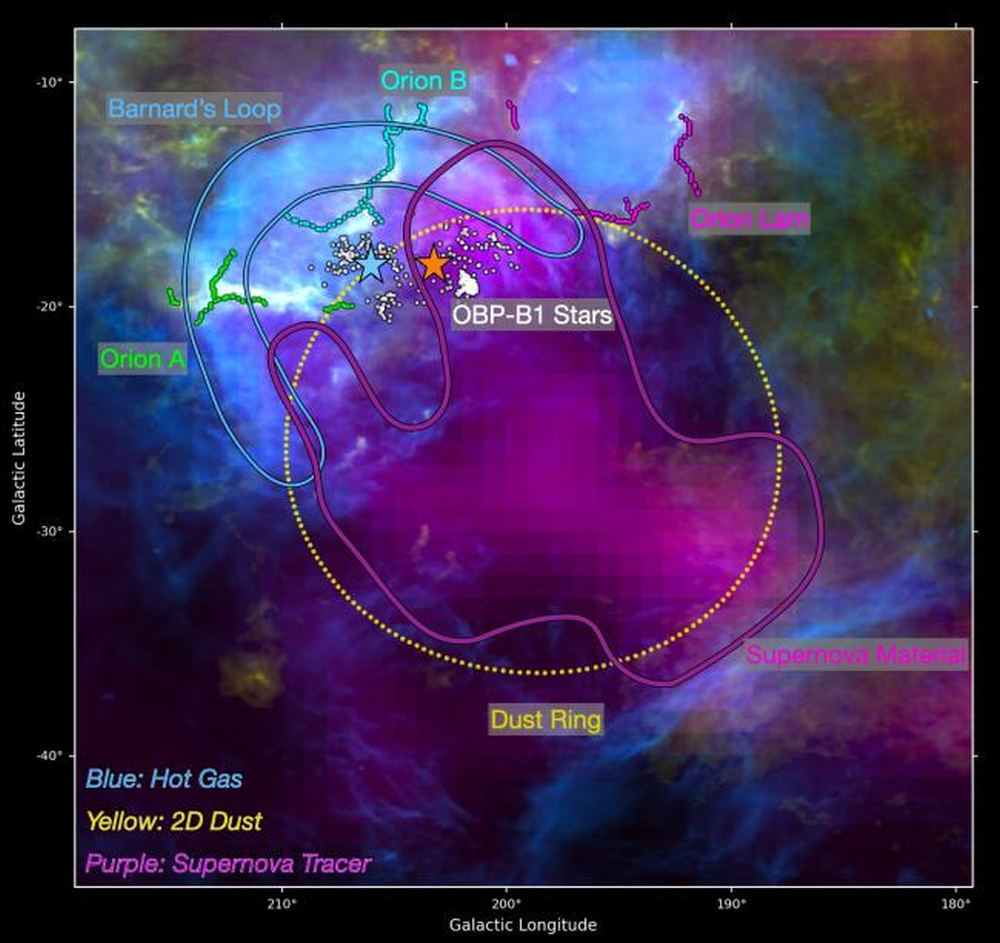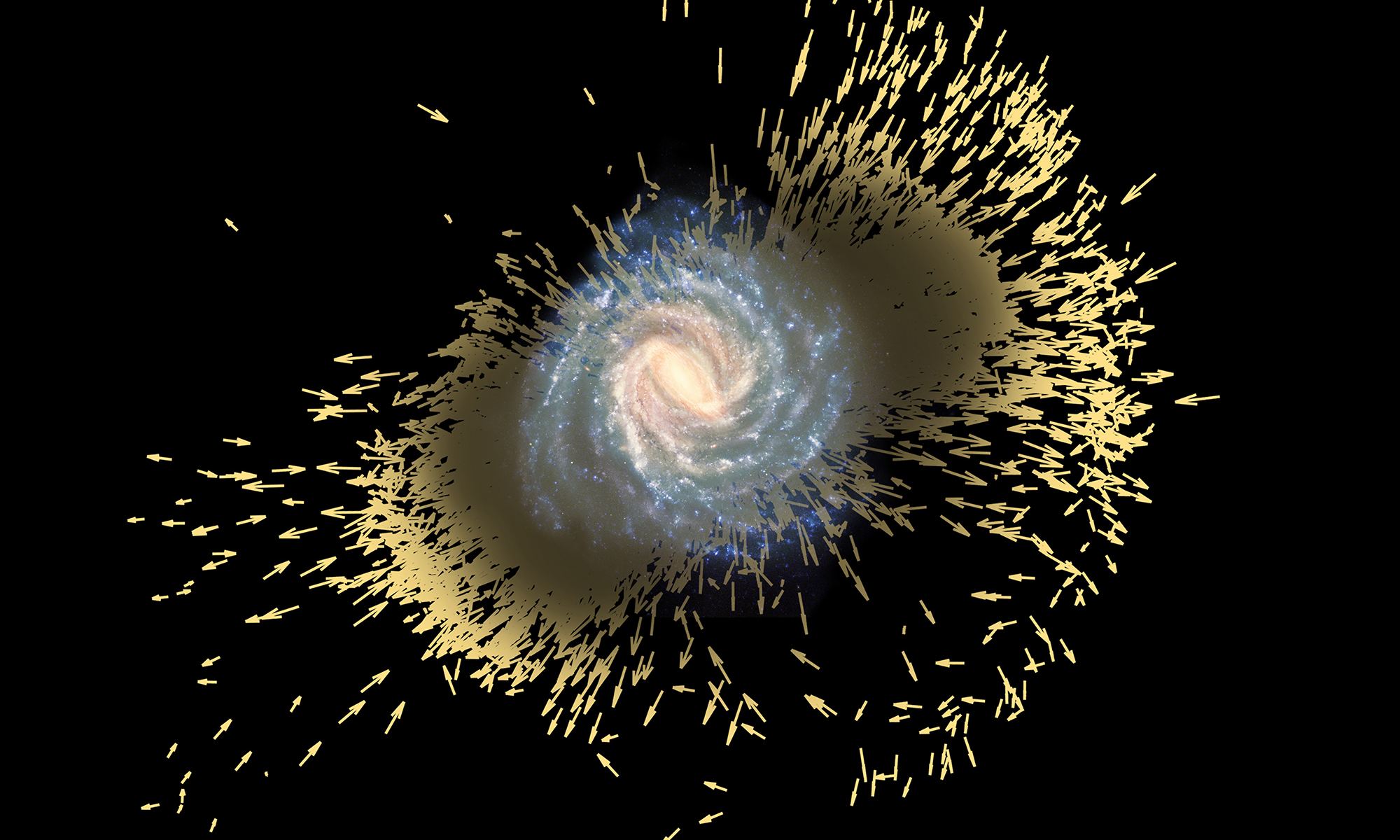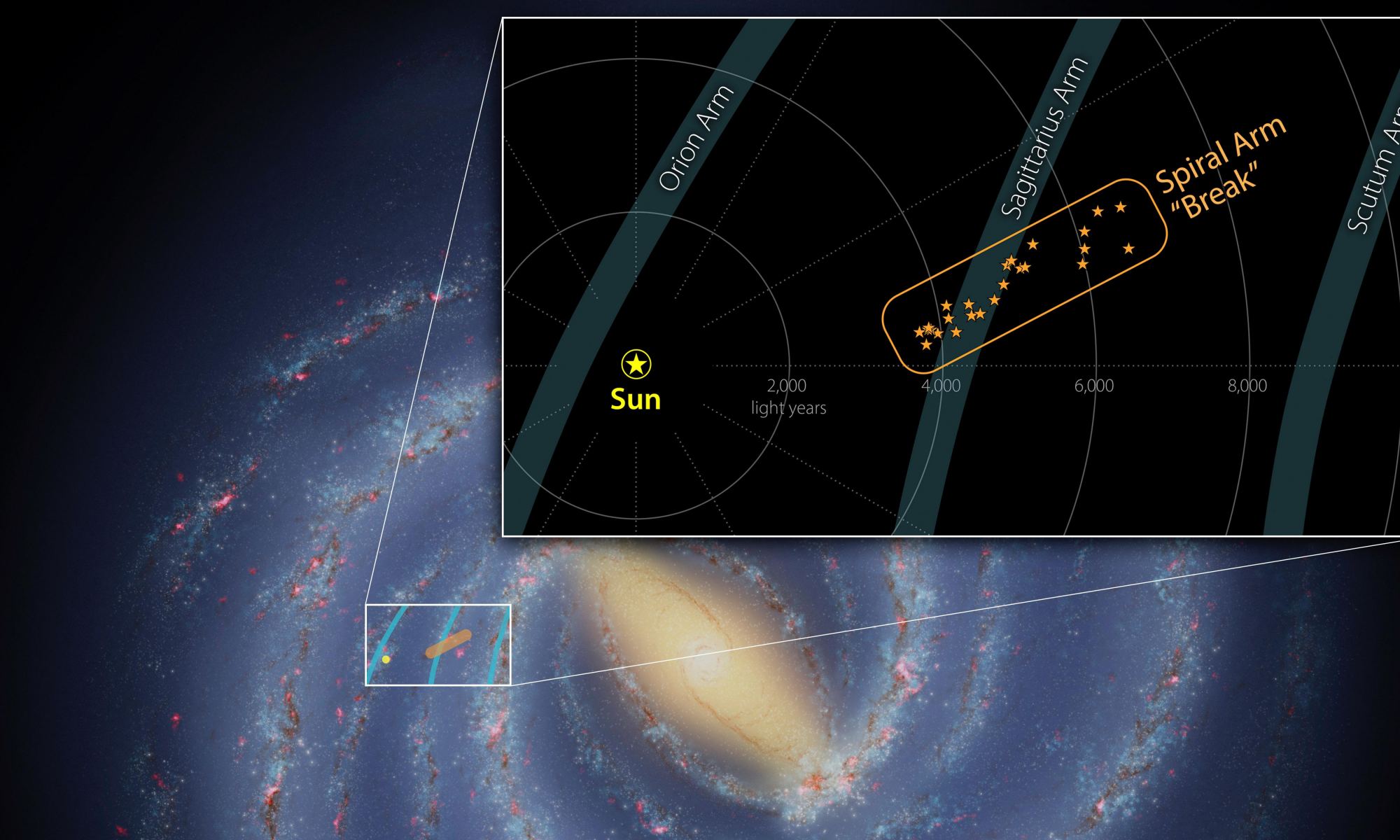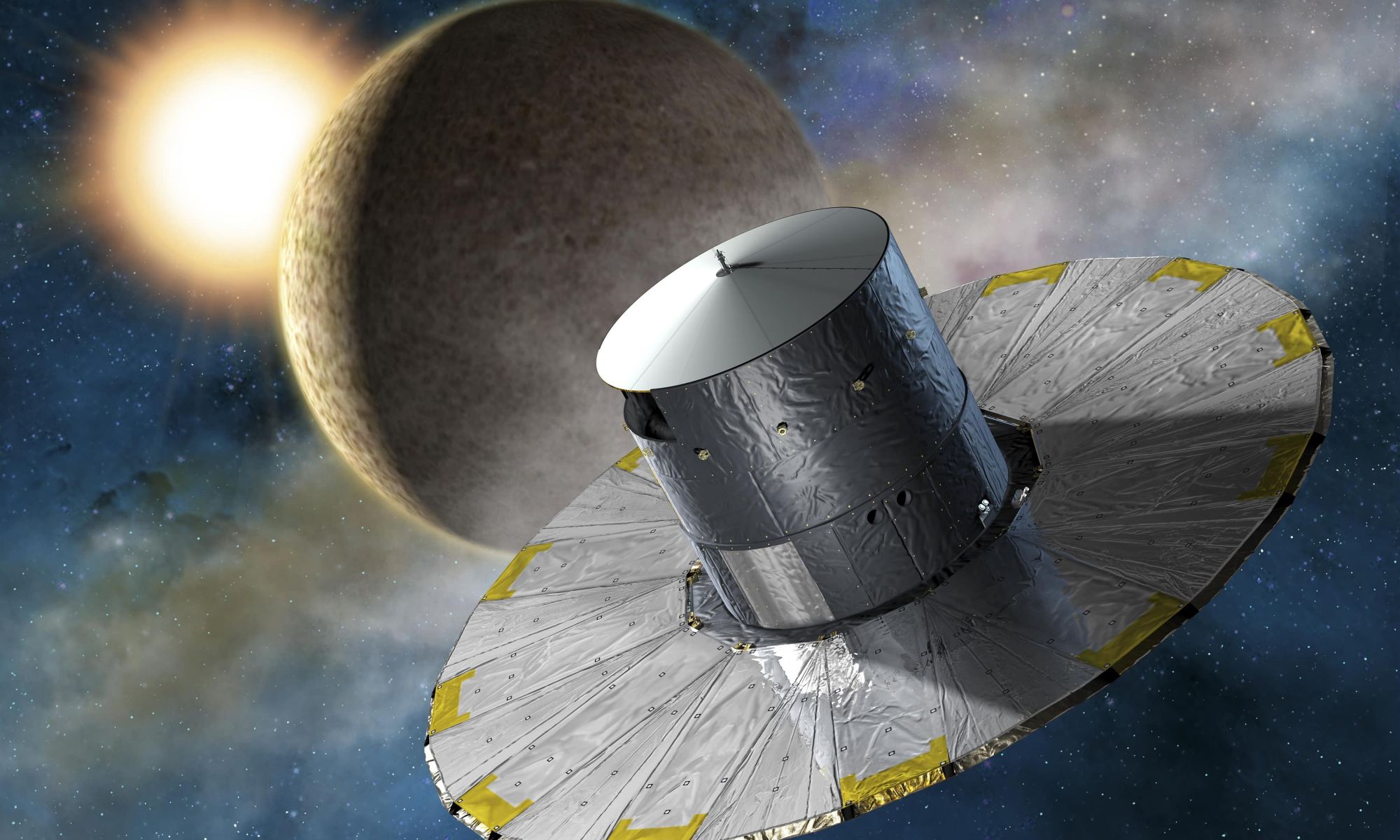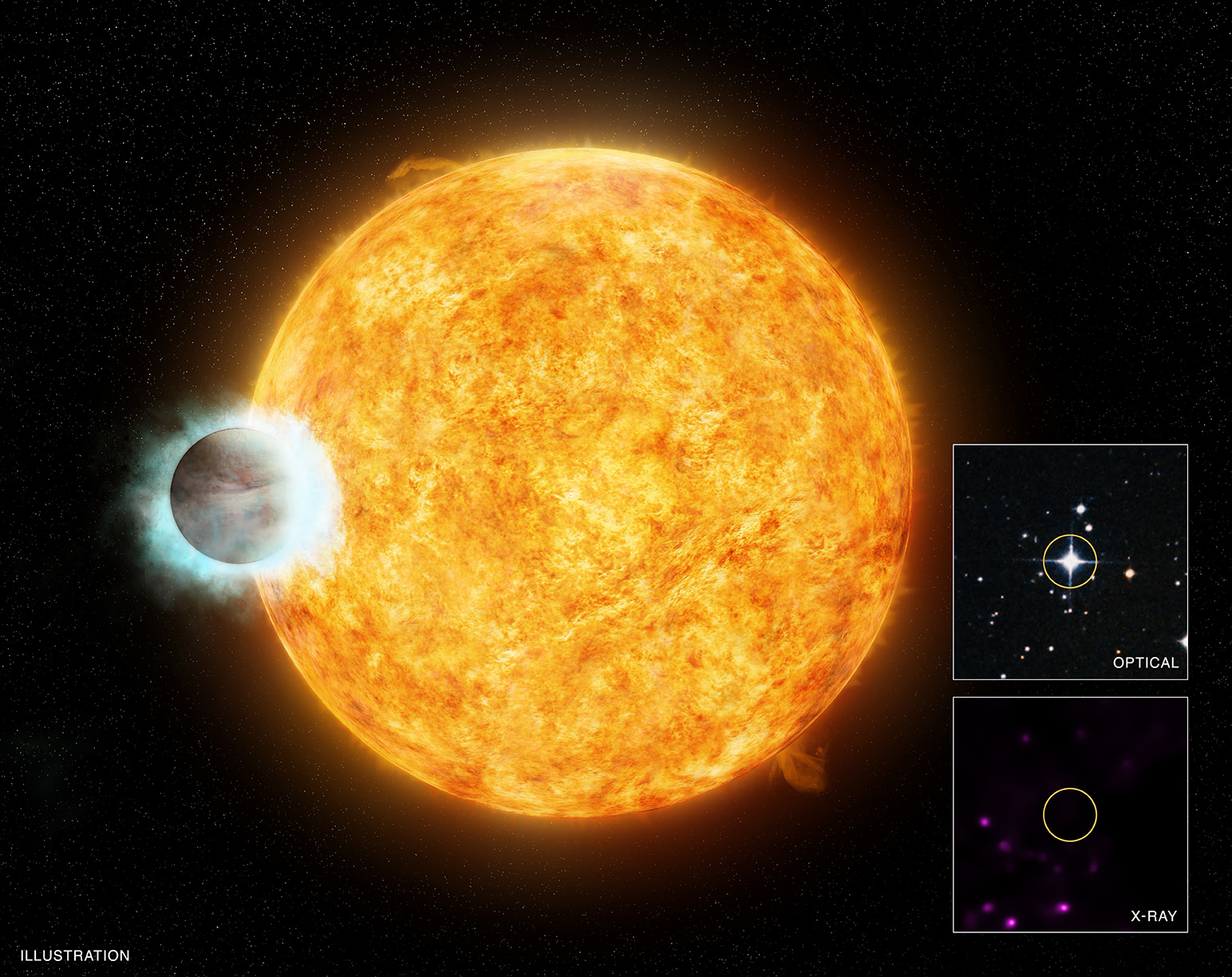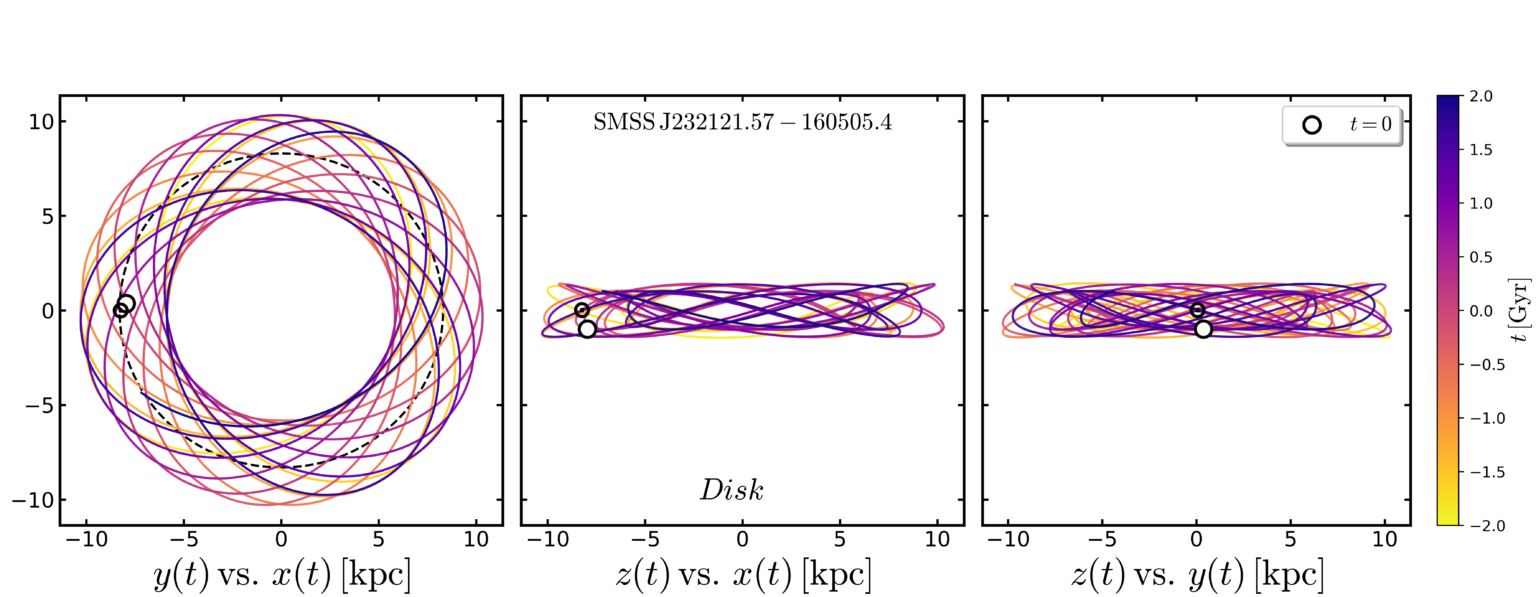For countless generations, human beings have looked out at the night sky and wondered if they were alone in the Universe. With the discovery of other planets in our Solar System, the true extent of the Milky Way galaxy, and other galaxies beyond our own, this question has only deepened and become more profound.
And whereas astronomers and scientists have long suspected that other star systems in our galaxy and the Universe had orbiting planets of their own, it has only been within the last few decades that any have been observed. Over time, the methods for detecting these “extrasolar planets” have improved, and the list of those whose existence has been confirmed has grown accordingly (over 4000 and counting!)
Continue reading “What Are Extrasolar Planets?”

